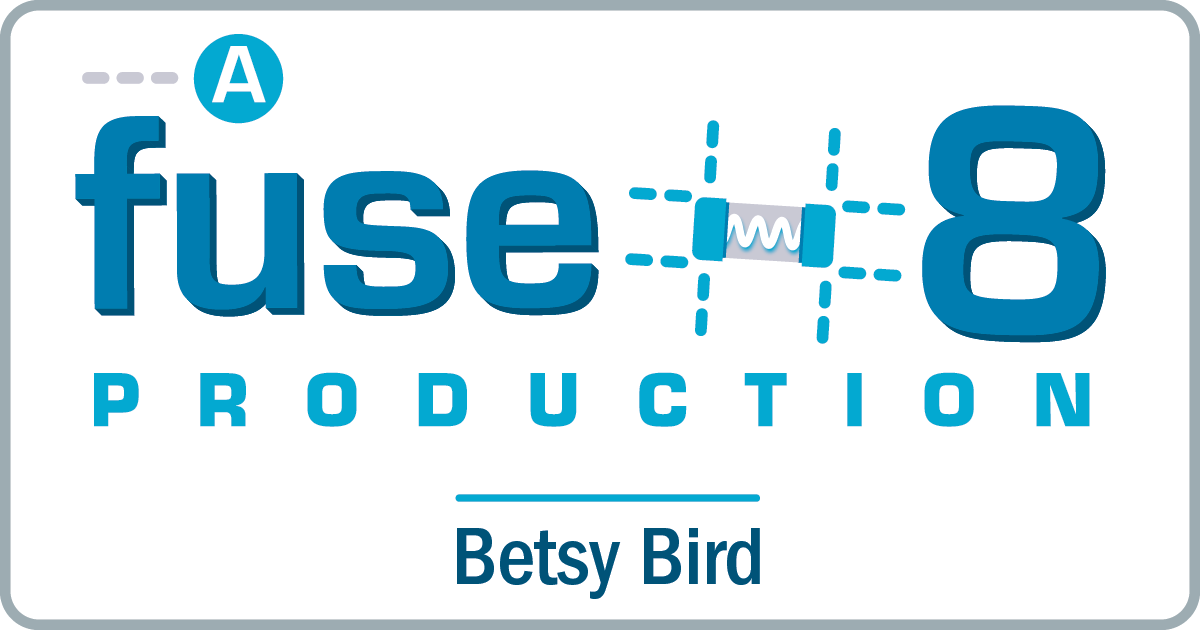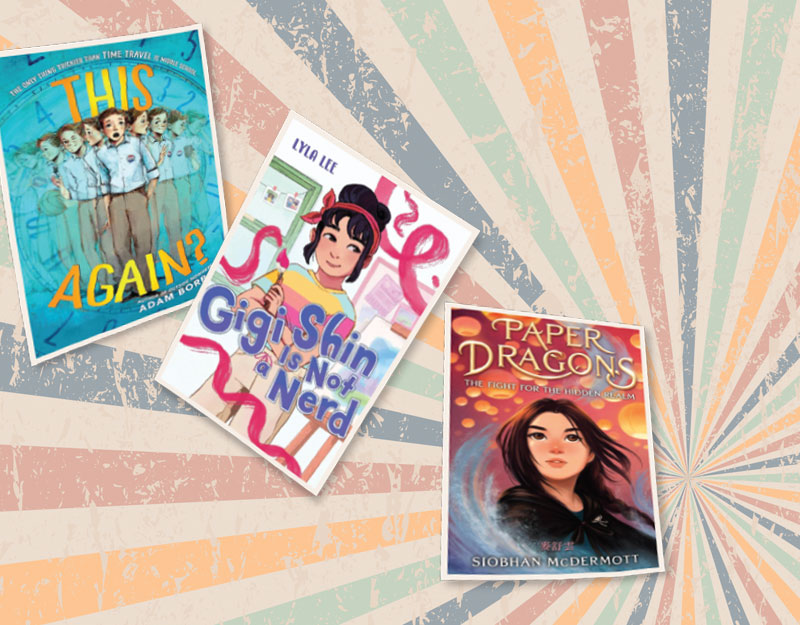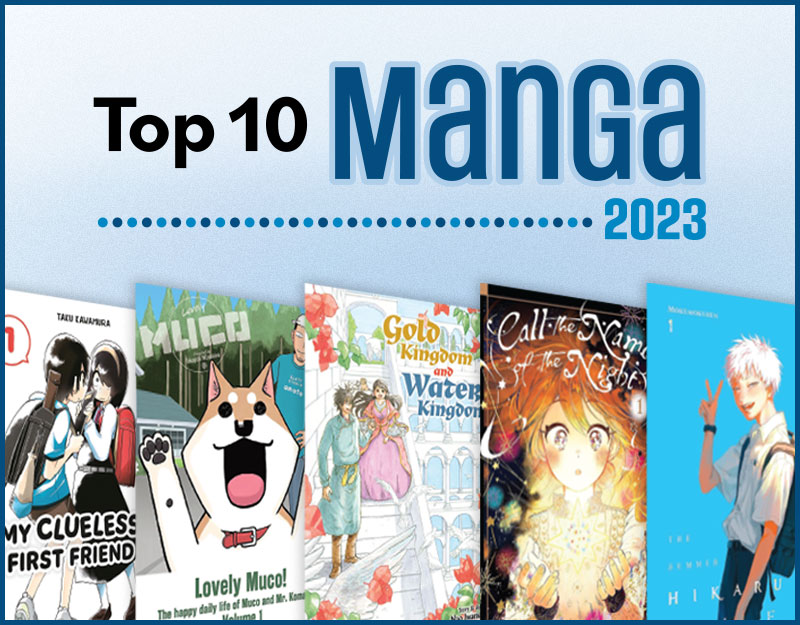Review of the Day: The Apple Pie that Papa Baked (Part One)
Credit Julia for this review. This book sat on my shelf for quite some time before Julia mentioned on a recent post of mine that it looked to her like a real Caldecott contender. Greedy gus that I am, I want to read and review all the major contenders before the day in question. Et voila.
There’s a difference between self-centered nostalgia and respectful inspiration, but the line between the two is difficult to walk. Every season there’s a handful of books that try to reference the authors and illustrators of the past with mixed results. If it goes wrong then the book ends up feeling like a pale knock-off of the classics we already know and love. If the book goes well then you know that the author/illustrator knew how to separate their inspiration from their own creativity. There’s a reason I didn’t review Lauren Thompson and Jonathan Bean’s "The Apple Pie that Papa Baked" right off the bat. I think I may have been a little afraid to pick up the story. It looked so pretty that I was afraid that picking it up and reading it would lead to sorrow, tears, and rending of garments (not necessarily in that order). You can imagine my surprise and delight then when I finally worked up the nerve to skim the pages, only to find the book readable and a true stunner from beginning to end. Inspiration meets true original quality in this inspired cumulative tale. The kind of book simply designed to be treasured.
ADVERTISEMENT
ADVERTISEMENT
Told in a cumulative format, a small girl discusses the various steps taken by her father to produce a pie. The first line is "This is the pie, warm and sweet, that Papa baked." The second line, "These are the apples, juicy and red, that went in the pie, warm and sweet, that Papa baked." And so on. As the story encompasses the tree that grew the apples, the roots the fed the tree, the rain that watered the roots, etc. we watch father and daughter pick the apples, make the pie, and attract the attention of most of the denizens on the farm. Soon Papa and daughter are high-tailing it through the farmyard, back to the apple tree, where the daughter points out that her father made the pie, "for me . . . and for you." Everyone then gets some pie and snuggles down for the night, satiated.
The fascinating thing about this story is that in spite of the fact that a cumulative form can only go backwards (you begin with the end product and then work yourself back to its proto-beginnings) Bean found a way to go forward in time visually. You may begin with the image of a pie, but then the book doubles back and you see Papa picking apples, baking the pie, and running about with his daughter. The words themselves, however, have become cosmic. They go so far as to present the very world itself ("blooming with life") and then pare it down and down and down until all you’re left with is that single apple pie. So while Thompson’s story grows larger and more universal with every consecutive line, Bean gets smaller and more personal. The combination makes for an eclectic bit of storytelling.
Kudos to Simon and Schuster for having the guts to produce a book with only three colors (yellow, black, and red). I don’t know who the editor on this puppy was, but they must have fought mightily to bring to bear a book that not only references the past but updates history’s techniques. As he mentions in a note at the front of the book, "Each illustration is made up of three separate drawings – done on separate sheets of vellum paper." That sounds properly archaic. The difference is that Bean then scans these images into his computer and then recomposes them into a stunning final product. Now if I were to waltz into a major publisher and say to then, "Have I got a three-color picture book idea for YOU!," I’d be laughed out the door (or, more likely, booted onto the street). We’re living in an age where the general feeling is that the more fairy dust you sprinkle on a title, the better it’ll sell. Granted, "The Apple Pie That Papa Baked" does have some shiny red foil apples on the cover, but a little foil never hurt nobody. As long as the sparkly contents of a book don’t end up on my palms by the end of a read, I am content.
As I’ve mentioned before, there are only three colors in this entire book. A little black, a lot of yellow (a brownish-yellow, though, so don’t get the wrong idea) and just a hint of red whenever an apple appears on a page. Bean credits Wanda Gag and Virginia Lee Burton as his influences and by gum if this book doesn’t look like what would happen if you squeezed The Little House and Millions of Cats together in a vise. The story has a timeless quality to it. I think if Bean had snuck in an iPod on a table in the girl’s house it would have destroyed every neuron in my cranium. By the way, I love that Papa isn’t a close-shaven guy. Also, there’s a sneaky little fox, a slippery shadow of a fellow, who remains on the fringes of the action for most of the book. Only when everyone’s had their pie and a single piece sits cooling in the pan, then the little creature sneaks over to take a tentative sniff at the remaining bit of deliciousness. It’s subtle, and likely to remain unnoticed on a first, second, and third read. I’ve a soft space in my heart for illustrators that work in these kinds of details, so kudos for the inclusion of the fox.
(CONTINUED IN PART TWO)
Filed under: Reviews
About Betsy Bird
Betsy Bird is currently the Collection Development Manager of the Evanston Public Library system and a former Materials Specialist for New York Public Library. She has served on Newbery, written for Horn Book, and has done other lovely little things that she'd love to tell you about but that she's sure you'd find more interesting to hear of in person. Her opinions are her own and do not reflect those of EPL, SLJ, or any of the other acronyms you might be able to name. Follow her on Twitter: @fuseeight.
ADVERTISEMENT
ADVERTISEMENT
SLJ Blog Network
The Moral Dilemma of THE MONSTER AT THE END OF THIS BOOK
Winnie-The-Pooh | Review
Parsing Religion in Public Schools
Post-It Note Reviews:
ADVERTISEMENT








